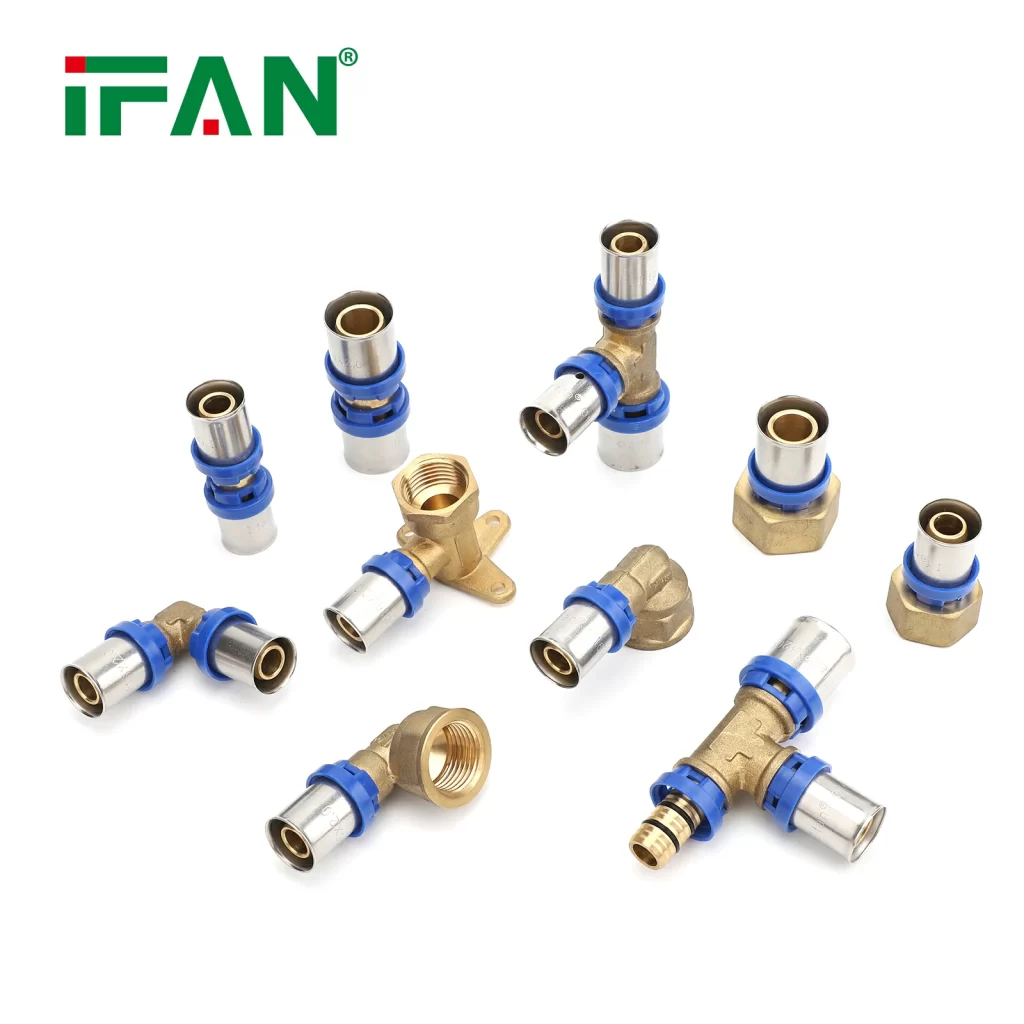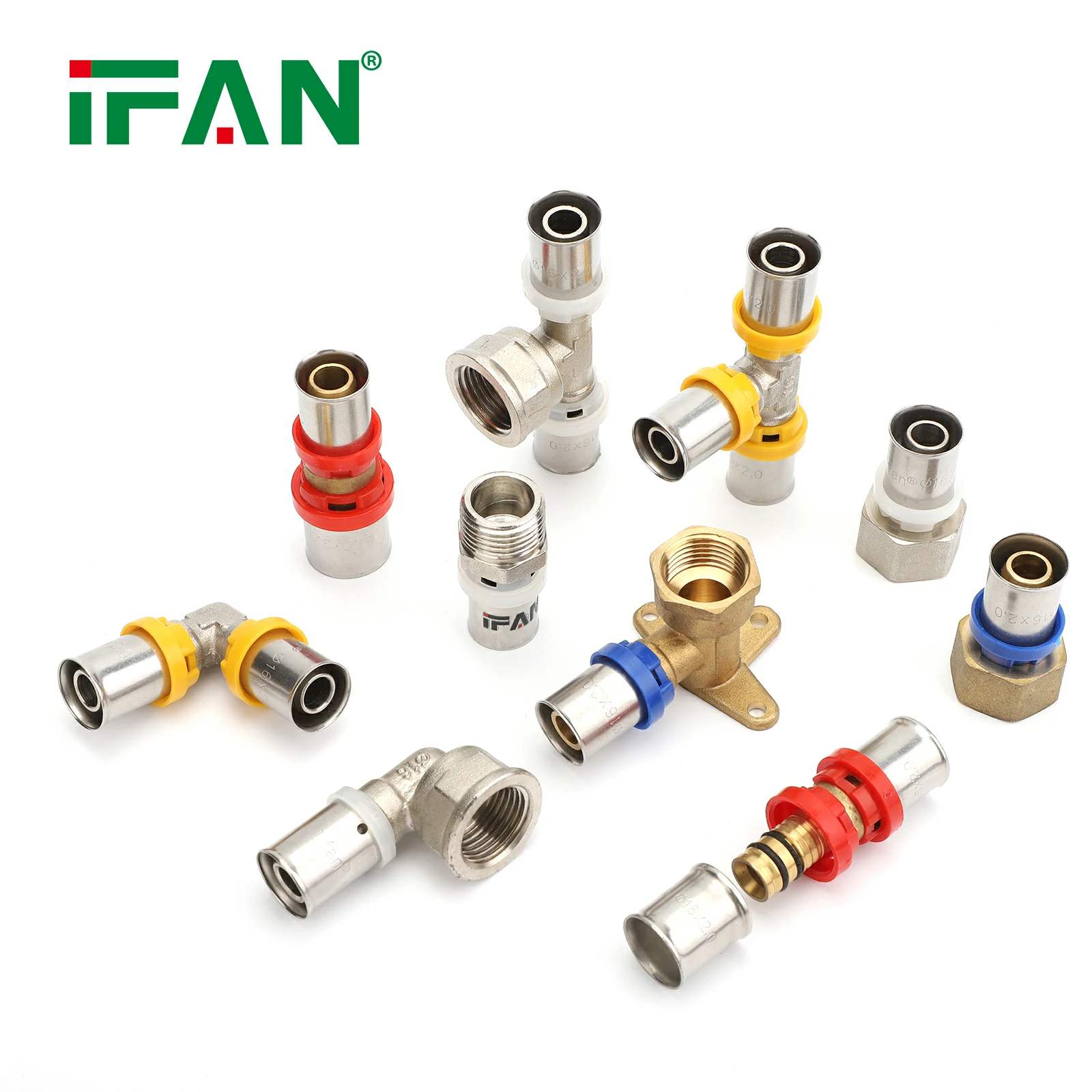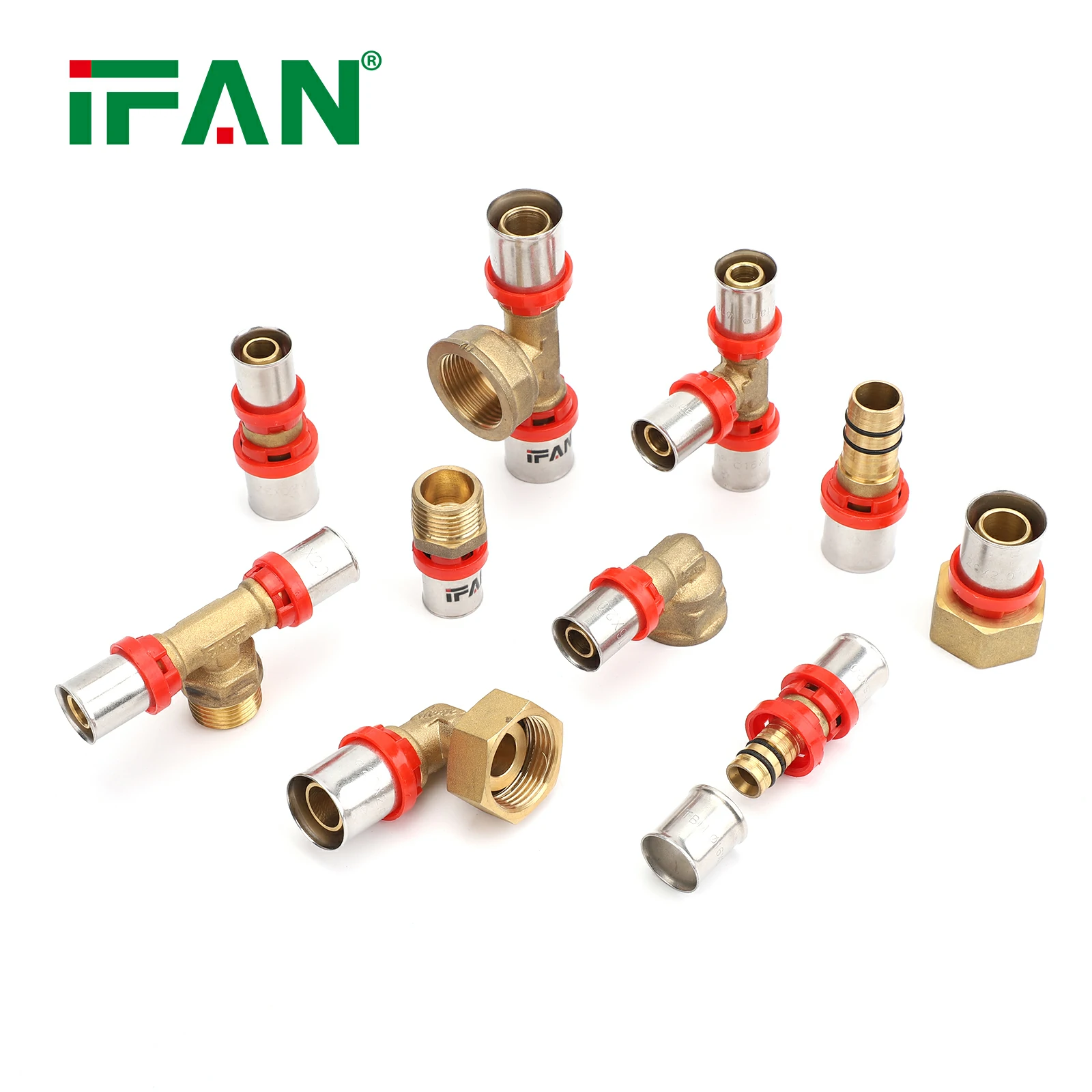Introduction
In the ever-evolving world of plumbing and piping systems, innovation plays a pivotal role in improving both installation efficiency and system performance. Uponor, a leading provider of PEX solutions, has introduced a new range of ProPEX press fitting transition fittings tailored for PEX hydronic piping applications. These fittings are designed to enhance the versatility and efficiency of hydronic heating and cooling systems, offering greater flexibility and ease of use for contractors and plumbers.
In this article, we will explore the advantages of using PEX press fittings in hydronic systems, the unique features of Uponor’s ProPEX press fitting transition fittings, and why these products are becoming the go-to choice for PEX piping applications. Additionally, we will examine the benefits of PEX in hydronic systems and offer helpful insights for installing and maintaining PEX press fittings.

What Are ProPEX Press Fitting Transition Fittings?
ProPEX press fitting transition fittings are specialized components designed to connect PEX piping systems with other materials, such as copper, steel, or brass, in hydronic piping applications. Uponor’s transition fittings utilize a patented expansion fitting technology that creates strong, reliable, and leak-free connections between different materials. The ProPEX system is widely recognized for its simplicity, efficiency, and performance, making it a popular choice for residential and commercial hydronic heating and cooling systems.
The unique aspect of these fittings lies in their ability to seamlessly transition between PEX and other materials without requiring additional adapters, soldering, or glue. This is particularly valuable for installations where different piping materials need to be interconnected, such as when connecting a PEX hydronic system to a copper water heater or a steel manifold.
Benefits of Using PEX Press Fittings in Hydronic Systems
PEX press fittings are widely used in a range of plumbing applications, including hydronic heating systems. Hydronic systems, which use water or another liquid to transfer heat, can benefit significantly from the flexibility, efficiency, and ease of installation that PEX offers. Let’s take a closer look at the benefits of using PEX press fittings in hydronic systems:
- Durability and Longevity
PEX piping is known for its long-lasting durability. It is resistant to corrosion, scaling, and chemical reactions, making it ideal for hydronic heating and cooling systems that require a reliable, long-term solution. Additionally, PEX is not prone to freezing, unlike metal pipes, which can expand and burst when exposed to freezing temperatures.
- Flexibility and Ease of Installation
PEX is incredibly flexible, which makes it easy to install in tight spaces or around obstacles without requiring the use of additional joints or fittings. The flexibility of PEX reduces the number of connections needed, making installation quicker and more efficient. PEX press fittings also provide a faster and simpler method for making connections compared to traditional methods, such as soldering or threading.
- Leak-Free Connections
Leaks can be a common issue in plumbing systems, especially in hydronic systems that involve high pressures and temperatures. PEX press fittings provide secure, leak-free connections due to the way the fitting is pressed onto the PEX pipe, forming a tight seal. This eliminates the need for soldering, gluing, or tightening, which can sometimes result in leaks or failures.
- Resistance to Scale and Corrosion
Unlike traditional metal pipes, which are susceptible to scaling, rust, and corrosion over time, PEX is resistant to these issues. In a hydronic heating system, this can lead to improved efficiency and reduced maintenance costs. The absence of corrosion ensures that the PEX piping retains its structural integrity and performance throughout its lifespan.
- Energy Efficiency
Hydronic systems can be quite energy-efficient when designed and installed properly. PEX’s ability to transfer heat efficiently and maintain its thermal performance over time helps optimize energy use in heating systems. This results in lower operating costs for homeowners and businesses that rely on hydronic heating.
ProPEX Press Fitting Transition Fittings: Features and Advantages
Uponor’s ProPEX press fitting transition fittings are designed specifically for applications where different types of piping materials need to be connected. These transition fittings are part of the ProPEX product line, which features an expansion-based technology that eliminates the need for traditional methods like soldering or gluing.
Here are some of the standout features and advantages of Uponor’s ProPEX press fitting transition fittings:
- Patented Expansion Technology
The ProPEX system utilizes a unique expansion process to create a strong, permanent connection between the PEX pipe and the fitting. During installation, a special tool expands the end of the PEX pipe, and the fitting is inserted. Once the pipe returns to its original size, the connection is secure and leak-free. This expansion technology ensures that the fittings do not loosen over time, providing a durable solution for long-term use.
- Versatility and Compatibility
ProPEX press fitting transition fittings are designed to be compatible with a variety of other piping materials, including copper, steel, and brass. This versatility makes them an ideal choice for projects where multiple materials are involved, such as in hydronic systems that require connections between PEX and metal pipes.
- No Soldering or Gluing Required
One of the most significant advantages of ProPEX press fitting transition fittings is the lack of need for soldering, gluing, or using other adhesive materials. This reduces the complexity and time required for installation while ensuring that no harmful chemicals or heat are used in the process.
- Reliable Performance
Uponor’s ProPEX press fitting transition fittings are engineered to withstand the demands of hydronic systems, providing reliable performance in both residential and commercial applications. The fittings are built to handle high pressures and temperatures, making them suitable for a wide range of heating and cooling systems.
- Reduced Installation Time and Costs
The ProPEX system is designed to be fast and easy to install, reducing labor costs and installation time. Since no special skills, tools, or adhesives are needed, contractors can complete installations more quickly, improving project timelines and reducing overall costs.
Applications of ProPEX Press Fitting Transition Fittings
ProPEX press fitting transition fittings are ideal for a wide variety of hydronic applications. Some of the most common uses for these fittings include:
- Radiant Heating Systems
Radiant floor heating systems use warm water circulated through PEX pipes installed beneath floors to provide efficient, even heating. ProPEX transition fittings are commonly used to connect PEX to other components, such as manifolds, boilers, or distribution systems, providing a secure and leak-free connection.
- Hydronic Heating and Cooling Systems
Hydronic systems used for both heating and cooling in residential and commercial settings benefit from the flexibility and efficiency of PEX press fittings. ProPEX transition fittings can connect PEX piping to other materials within these systems, ensuring reliable performance and seamless integration.
- Hot Water Systems
In addition to hydronic heating, ProPEX transition fittings can be used in hot water systems that require connections between PEX pipes and metal components like water heaters or pumps. The ability to use the same transition fittings for various materials makes it easy to install and maintain such systems.
- Cooling Systems
In some commercial applications, PEX is used for cooling systems, including chilled beam systems or geothermal applications. ProPEX press fitting transition fittings help ensure that connections between PEX and other components are secure and leak-free, allowing for optimal performance in these systems.
The Future of PEX in Hydronic Systems
As energy efficiency and sustainability become more important in the construction and plumbing industries, the demand for systems like hydronic heating and cooling will continue to grow. The ability to integrate advanced piping solutions such as PEX with minimal labor, reduced costs, and improved performance ensures that systems like those using ProPEX press fitting transition fittings will continue to be a key part of modern plumbing and heating applications.
Conclusion
Uponor’s new ProPEX press fitting transition fittings provide an innovative, cost-effective solution for connecting PEX piping to various materials in hydronic systems. The benefits of using PEX press fittings, including enhanced durability, flexibility, and leak-free connections, make them an ideal choice for both residential and commercial hydronic applications. With their patented expansion technology and ease of installation, these fittings represent the future of plumbing in energy-efficient heating and cooling systems.
FAQs
- What are the benefits of using ProPEX press fittings in hydronic systems?
- ProPEX press fittings provide secure, leak-free connections, reduce installation time, and offer compatibility with various materials. They also improve system durability and efficiency.
- Can ProPEX press fittings be used in both heating and cooling systems?
- Yes, ProPEX press fittings are suitable for both hydronic heating and cooling systems, making them versatile for a wide range of applications.
- What materials can ProPEX press fittings transition between?
- ProPEX press fittings are designed to transition between PEX and other materials such as copper, steel, and brass, allowing for easy integration into existing systems.
- Do ProPEX press fittings require soldering or glue?
- No, ProPEX press fittings use an expansion method to create secure, leak-free connections, eliminating the need for soldering or glue.
- How long do ProPEX press fittings last in hydronic systems?
- ProPEX press fittings are highly durable and are designed to provide long-term performance in hydronic systems, lasting for decades with proper installation and maintenance.






